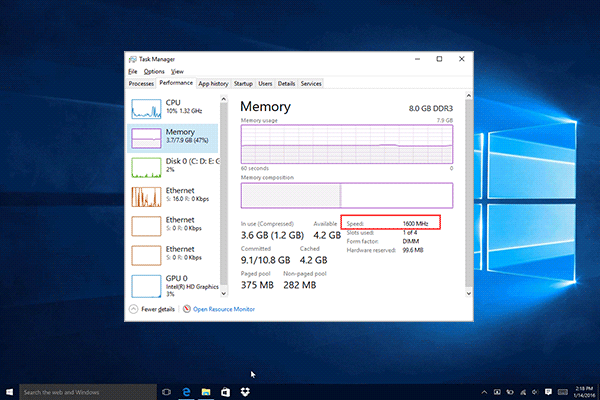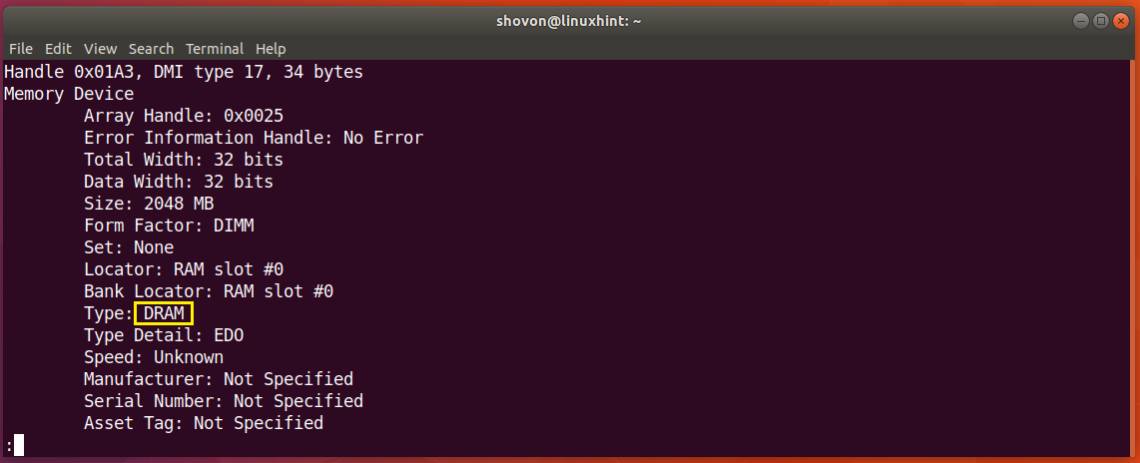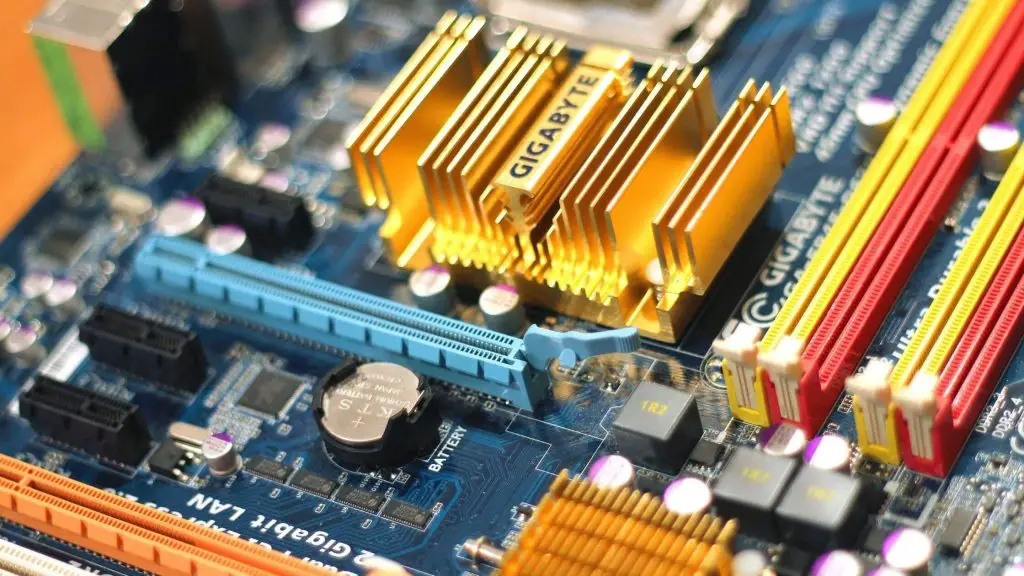
Once you have entered the BIOS, you need to select Overclock Settings using the arrow keys on your keyboard and then press Enter. Now that you have completed the steps, your system will enter the BIOS or UEFI firmware depending on the motherboard support. Note: To enter the BIOS, you usually require pressing the Esc, Delete or one of the Function keys (F1, F2, F10, etc.) Once you identify the key, keep pressing that key until your system enters the setup mode. Press Power button and check the screen splash to find & identify the key required to enter the firmware. You can enter your system into BIOS to check RAM speed in Windows 10. Method 4: Through BIOSĪnother method to check RAM speed in Windows 10 is to use BIOS. However if you are getting DDR RAM frequency as 668, multiply the exact figure by two to get a final result. Go to the Memory tab on the CPU -Z dashboard.Īs you can see in the above image, DRAM frequency is mentioned as 1333.6 MHZ. Below are the mentioned steps that you can perform. Therefore we will check RAM speed through this agile tool. 
This amazing tool offers the information about processor, real time measurement, mainboard, chipset and memory type You can install CPU- Z from here Method 3- CPU – ZĬPU- Z is a freeware application that provides statistics of main components on your computer. With a single command you can check the RAM speed easily. This command will show the RAM chip’s speed.Īs you can see the RAM speed on your system is 1600MHz.
Enter “wmic memorychip get speed” in the command prompt and hit enter. Press the Win key and R to launch the Command prompt. We will check RAM speed through the command prompt with the help of mentioned steps. With the command prompt you can execute various batch files, scripts, administrative functions, troubleshoots and solving various kinds of Windows glitches. Method 2- Through Command PromptĬommand Prompt or CMD is the command line interpreter application in Windows OS. This method helps you to check RAM speed on Windows 10 through Task Manager. 

On the right hand side, above slots used you will get the RAM speed.
Tap on the performance tab and on the left side there is a feature of Memory. Right-click on the taskbar and choose Task Manager from the list. Hence we will check RAM speed through below mentioned steps: You can also get statistics about the most commonly used programs, processes and the list of applications that have stopped responding. The Windows Task Manager is an inbuilt tool that gives information about programs that are currently running on your system. FAQ How To Check RAM Speed In Windows 10 Method 1- Through Task Manager







 0 kommentar(er)
0 kommentar(er)
